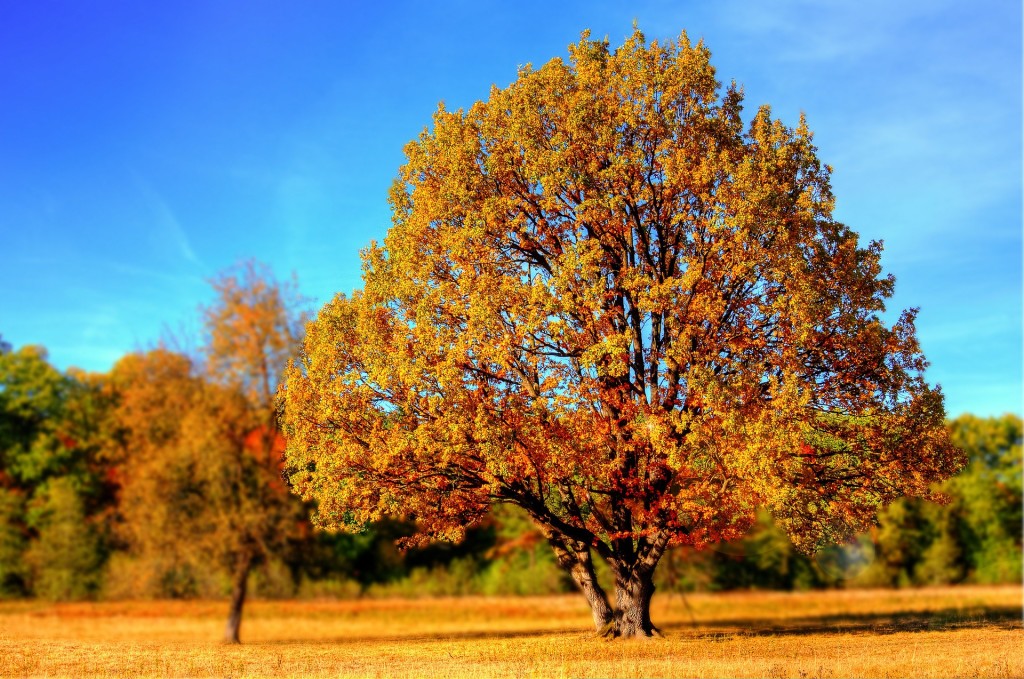End of Summer, Yard Maintenance
Fall Tree Care

As summer comes to a close and fall quickly approaches, VIRIDIS Lawn Care of Salt Lake City wants to help you prepare. Fall means prepping your landscape for winter. Trees in particular need some extra care and attention. Below, we’ll outline some things you can do to help your trees to survive winter in the best shape possible.
Once the leaves begin changing color and falling from your trees, hold off watering until all the leaves have fallen. Once they are all off the branches, renew watering until the ground is frozen. Any unusually warm spells during the winter that thaw the ground are also great opportunities for giving your trees an extra drink. This will help the trees have needed water during the cold winter months. Even if they are dormant, they need water to survive and receiving any during the winter is difficult and unpredictable.
While fall is a great time for fertilizing most landscape, trees benefit more from early spring fertilizer. Fall fertilizing could lead to new growth when your trees need to go dormant instead. Instead, use this fall season to take note of whether your trees are in need of fertilization or not. Not all trees will need fertilized ever year but a few signs include: pale leaves, leaves falling particularly early, wilting, and stunted growth. Note, and consider recording your observations so you will remember to fertilize come spring.
Pruning is especially important during the fall. New growth occurred all summer and it needs to be corrected. Anything that became damaged or died during the warm months needs to be removed. Pruning habits change depending on your tree varieties. Consider hiring a professional or at least thoroughly research your variety of tree to insure you prune it carefully and correctly. This will help your tree not only look considerably better but increases its health and vigor.
Young, small trees are most susceptible to cold weather damage since they are less developed with thinner bark and a smaller root system. The temperature fluctuations can kill or at least damage them much more easily than large, well established, older trees. To help protect them, lay up to 6” of mulch leaves or bark around the base, but not against the trunk or fungus may begin to grow. Wait to mulch until after the ground has frozen. In addition, or as an alternative, you may wrap the lower trunk (up to the lowest branch) in burlap. This is especially helpful to protect young trees near roadways from salt spray and plowed snow.
New trees you would like to add to your landscaping can be planted in the fall. This, remarkably, reduces the amount of stress the young saplings will be subjected to. The cooler weather can help them focus more growth towards their root system to become firmly established.
Preparing in the fall for the harsh winter weather will dramatically improve your chances for healthy, happy trees next spring. Take the time to help them through.





Sorry, comments are closed for this post.